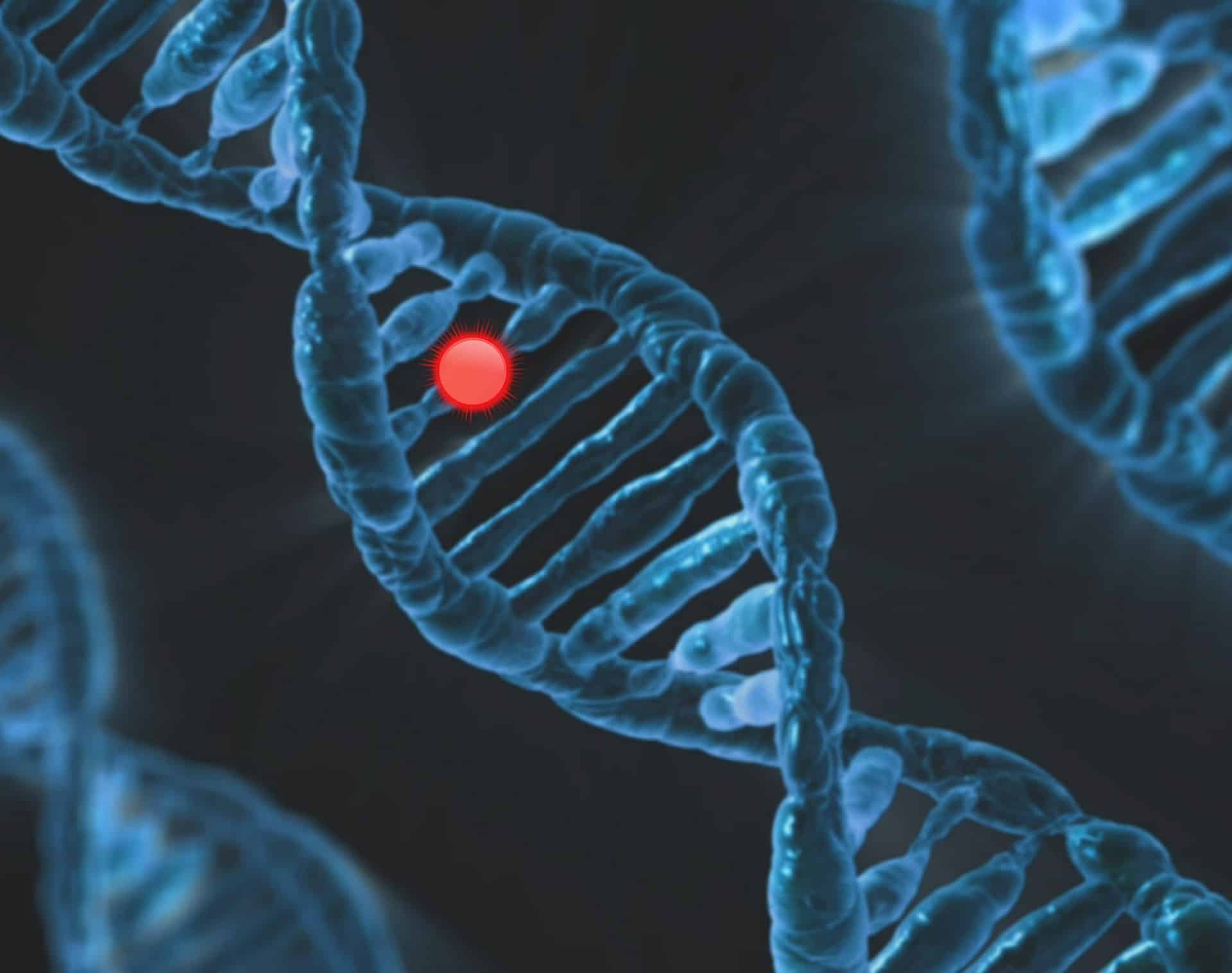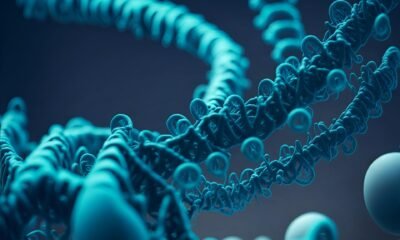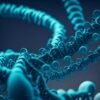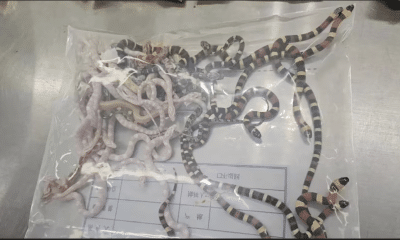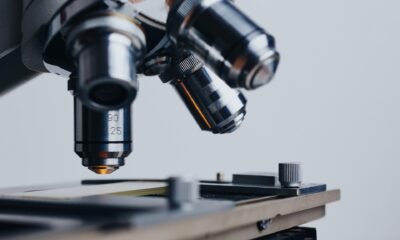Health
Japanese Scientists Use CRISPR to Remove Extra Chromosome Linked to Down Syndrome
The Japanese team has emphasized that their goal is not to erase Down syndrome from society, but to reduce the health burdens it creates, particularly heart defects, thyroid issues, and early-onset Alzheimer’s.
In a groundbreaking study, researchers at Mie University in Japan have successfully used CRISPR-Cas9 technology to remove the extra copy of chromosome 21 in cells affected by Down syndrome. The achievement, published in PNAS Nexus, marks a milestone in genetic research that could reshape how scientists approach treatments for the condition.
Understanding the Breakthrough
Down syndrome, or trisomy 21, occurs when an individual inherits an extra copy of chromosome 21. This additional genetic material disrupts normal cellular processes and contributes to developmental delays, congenital heart defects, and increased risks of Alzheimer’s disease.
Led by researcher Ryotaro Hashizume, the Mie University team engineered CRISPR guide molecules to specifically target the surplus chromosome. In both lab-grown stem cells and skin fibroblasts taken from individuals with Down syndrome, the gene-editing tool successfully removed the third copy, restoring more typical patterns of gene expression.
“Our goal was to remove the surplus material and see whether the cell’s gene expression returned to typical levels,” Hashizume explained. After editing, the corrected cells showed improved growth rates, reduced oxidative stress, and enhanced mitochondrial function.
Why It Matters
This achievement demonstrates that CRISPR can do more than edit single genes — it can target and remove entire chromosomes, a feat previously thought to be nearly impossible. Researchers observed that genes linked to nervous system development became more active, while those tied to metabolic disruptions were suppressed. This suggests potential benefits for addressing the neurological and physiological challenges associated with Down syndrome.
The implications are wide-ranging. Corrected stem cells could one day be used in regenerative therapies, replacing damaged tissues in individuals with Down syndrome. The study also opens doors for understanding how trisomy affects brain development and age-related conditions like dementia.
Challenges and Ethical Questions
Despite its promise, the technique is far from clinical application. Some CRISPR cuts inadvertently affected healthy chromosomes, highlighting the risk of off-target effects. Precision remains the next big hurdle for researchers before any human trials could be considered.
Beyond science, the breakthrough raises ethical debates. In Iceland, prenatal screening has already made Down syndrome births increasingly rare, sparking concern among advocates and families about societal pressure to “eliminate” the condition. As Icelandic ethicist Astridur Stefansdottir noted, many with Down syndrome find this prospect disturbing.
The Japanese team has emphasized that their goal is not to erase Down syndrome from society, but to reduce the health burdens it creates, particularly heart defects, thyroid issues, and early-onset Alzheimer’s.
While clinical use remains distant, this study establishes a new benchmark in gene editing, showing that chromosome-level interventions are possible. Long-term monitoring of edited cells and further refinement of CRISPR targeting are already underway.
“This technique is not ready for hospitals or routine practice,” Ryotaro Hashizume cautioned, “but it sets a new standard for what gene editing can achieve.”
If proven safe, CRISPR-based chromosome correction could usher in a new era of genomic medicine, balancing medical progress with profound questions about diversity, disability, and ethics.


